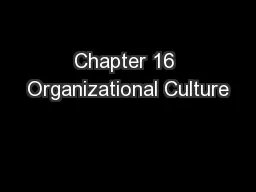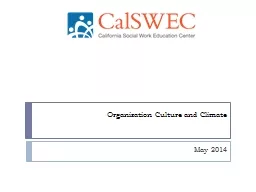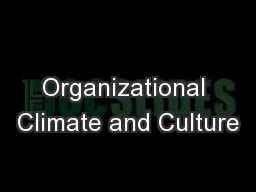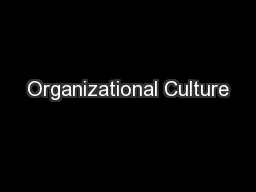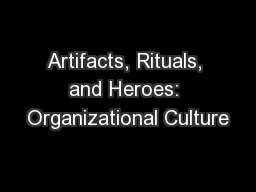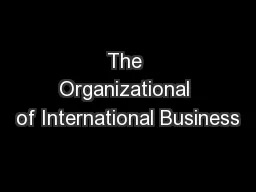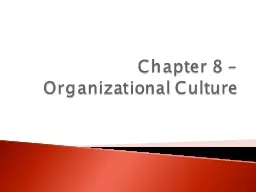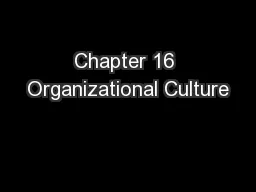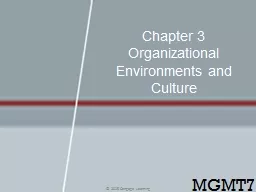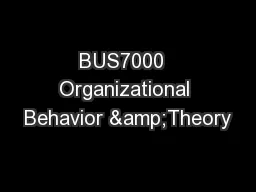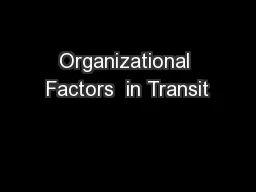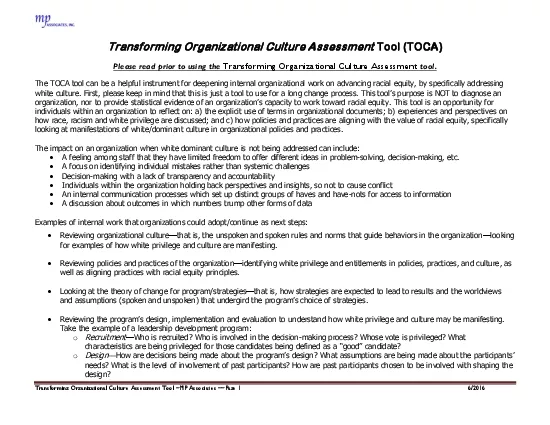PPT-Chapter 16 Organizational Culture
Author : marina-yarberry | Published Date : 2018-09-25
Learning Outcomes Identify the three levels of culture and the roles they play in an organization Evaluate the four functions of culture within an organization Explain
Presentation Embed Code
Download Presentation
Download Presentation The PPT/PDF document "Chapter 16 Organizational Culture" is the property of its rightful owner. Permission is granted to download and print the materials on this website for personal, non-commercial use only, and to display it on your personal computer provided you do not modify the materials and that you retain all copyright notices contained in the materials. By downloading content from our website, you accept the terms of this agreement.
Chapter 16 Organizational Culture: Transcript
Download Rules Of Document
"Chapter 16 Organizational Culture"The content belongs to its owner. You may download and print it for personal use, without modification, and keep all copyright notices. By downloading, you agree to these terms.
Related Documents

